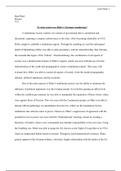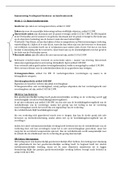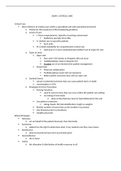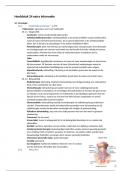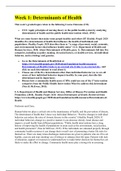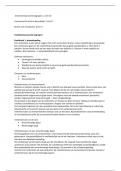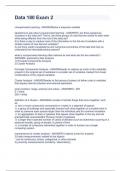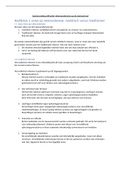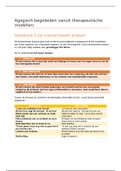Essay
Essay - To what extent was Hitler’s Germany totalitarian?
- Institution
- CIE
A totalitarian society consists of a system of government that is centralized and dictatorial, requiring a compete subservience to the state. After becoming chancellor in 1933, Hitler sought to establish a totalitarian regime. Through the enabling act, and the subsequent death of Hindenburg, Hitler...
[Show more]
